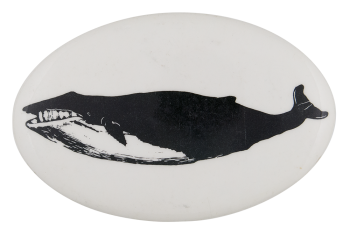| Category | |
|---|---|
| Additional Images | |
| Sub Categories | |
| Image Description | Illustration of blue whale on a white background. |
| Curl Text | Greenpeace, Indiana, A Non-Profit Organization 812-336-8044 |
| Back Style | |
| The Shape | |
| The Size | |
| Additional Information | The Blue Whale is the largest mammal. They are an endangered species that likes to travel from tropical to polar areas of the ocean. Blue Whales do not harm people, but they occasionally bump into boats and kayaks. They eat krill via filter feeding when they open their large mouth and taking in whatever is in their path and their bodies are made to filter out what they do not want. Blue Whales eat up to twelve thousand pounds of krill a day. Most of the record-breaking lengths have been female with one reaching 110 feet. They can weigh up to 209 tons. The largeness of this animal is only possible because they live in the water. They can live for 80 to 90 years. Baby Blue Whales weigh three tons, are about twenty-three feet when born, and are nursed for six to seven months. Greenpeace International uses non-violent creative action to raise awareness and confront systems that threaten the environment. Save the Whales is one of many conservation campaigns to raise awareness for the endangered species. |
| Sources |
Blue Whale. (n.d.). Oceana. Retrieved July 26, 2020, from https://oceana.org/marine-life/marine-mammals/blue-whale Blue Whale. (n.d.). NOAA. Retrieved July 26, 2020, from https://www.fisheries.noaa.gov/species/blue-whale |
| Catalog ID | CA0606 |


